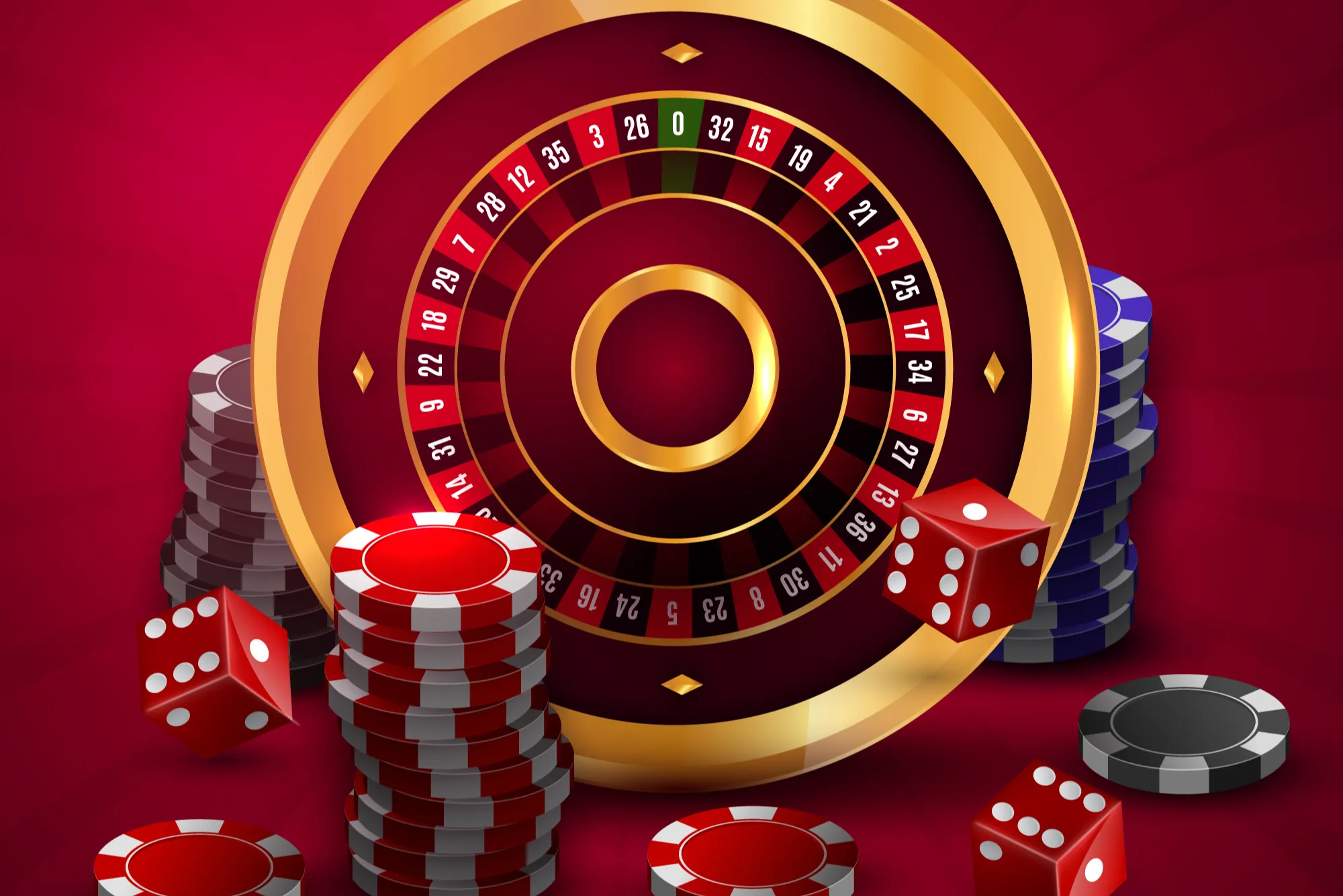Slot machines are often seen as games of chance, but the truth is far more nuanced. While the random number generator (RNG) dictates the outcome of every spin, the design of the slot reels themselves plays a subtle yet powerful role in how players interact with the game. The way symbols are arranged, how often near-wins appear, and even the rhythm of the reels can nudge betting behaviors in ways most players may not consciously recognize.
From my experience studying both land-based and online casino trends, it’s clear that reel layouts are not just aesthetic choices. They are carefully engineered psychological tools designed to keep players engaged, encourage longer play sessions, and sometimes even influence how much they wager. The question, then, is how much influence these layouts truly have over player decisions — and whether players are aware of these design choices shaping their experience.
Understanding the Psychology Behind Reel Layouts
Reel layouts refer to the structure and arrangement of symbols across the slot’s spinning columns. Traditional slots usually featured three reels with a limited number of symbols, but modern online games often expand to five or more reels, with dozens — or even hundreds — of paylines.
What many players don’t realize is that the placement of winning and losing symbols is far from random. Game developers use mathematical models to distribute them in ways that balance fairness with entertainment value. For example, near-miss designs — when two jackpot symbols land on the payline while the third lands just above or below — are far more common than pure chance would suggest. These near-wins trigger excitement in the brain, giving players the feeling that they are “close” to winning and often motivating them to keep betting.
This is where reel layouts have a direct impact on player psychology. A carefully engineered layout can create a perception of frequent opportunities, even if the actual probability of hitting a jackpot remains low. Players who explore modern platforms such as best slot sites uk will notice how reel designs and paylines vary widely between games, each crafted to maximize engagement through these subtle techniques.
The Role of Paylines in Betting Behavior
One of the biggest shifts in slot design has been the move from single-payline machines to multi-payline formats. Classic three-reel slots offered just one horizontal payline across the center, but modern video slots can feature anywhere from 20 to over 200 paylines, running in zigzags, diagonals, and complex patterns.
From a betting perspective, this creates choice. Players must decide whether to activate all paylines — which maximizes the chance of hitting a combination but increases cost per spin — or select fewer lines to manage their bankroll. Studies suggest that many players feel compelled to bet on all available paylines, fearing they might miss a win if they don’t. In practice, this often results in higher overall wagers per session, influenced not by probability but by layout design.
Game designers know this well. By presenting more paylines, they create the illusion of control and opportunity, encouraging players to raise their stakes to “cover all possibilities.” It’s a subtle psychological nudge that can have a real effect on betting choices.
Near-Misses and Their Impact on Persistence
The near-miss effect is one of the most fascinating aspects of slot psychology. When the reels stop just short of delivering a winning combination, the player’s brain reacts almost as strongly as if they had won. Neuroimaging studies show that near-misses activate reward-related areas of the brain, reinforcing the desire to continue playing.
Reel layouts make these near-misses more common. For example, a jackpot symbol might appear on the first two reels frequently, with the third reel designed to show the jackpot symbol just off the payline. This creates a sense of suspense and anticipation, leading players to believe a win is “just around the corner.” In reality, the RNG ensures fairness, but the visual design manipulates perception.
This effect influences not only whether players continue betting but also how much they wager. Feeling close to a big win can encourage players to increase their stakes, hoping that the next spin will deliver the outcome they’ve been chasing.
Reel Complexity and Player Engagement
As slots evolve, so too does reel complexity. Megaways slots, for instance, feature dynamic reel layouts where the number of symbols on each reel changes with every spin. This can create thousands of potential paylines, keeping the game unpredictable and highly engaging.
While this unpredictability adds excitement, it also complicates betting choices. Players may struggle to fully understand the mechanics, but the sheer number of possible outcomes creates an impression of constant opportunity. This impression encourages longer play sessions and sometimes larger bets, as players attempt to capitalize on the apparent potential of the system.
In contrast, simpler three-reel slots may attract more conservative bettors who prefer predictability. Here again, reel design plays a role in determining not just how long players play, but how much they are willing to wager.
The Online Advantage: Adapting Reel Layouts to Player Behavior
Online casinos have the unique advantage of gathering extensive data on player behavior. Developers can track how players respond to different reel layouts, paylines, and visual designs, then refine future games accordingly. If a particular configuration results in longer playtime or higher betting averages, it’s likely to be adopted more widely.
This feedback loop ensures that modern reel layouts are increasingly optimized to influence betting behavior. For players, it’s important to recognize that these designs are not random but carefully tested to maximize engagement. Being aware of this can help players make more deliberate choices about how much they wager and how long they play.
Balancing Entertainment with Responsibility
It’s worth noting that while reel layouts can influence behavior, not all of these effects are negative. For many players, the excitement generated by near-misses, multiple paylines, and complex reels is part of the entertainment value. Slots are designed to be fun, and the psychological tricks that keep people engaged are not inherently harmful when approached with balance and awareness.
That said, casinos and regulators also have a responsibility to ensure these designs don’t exploit vulnerable players. Responsible gambling tools, such as betting limits and time reminders, help provide safeguards against excessive play. As reel layouts continue to evolve, maintaining this balance between engagement and protection will remain essential.
Conclusion
Slot reel layouts absolutely influence player betting choices, though often in ways players don’t consciously recognize. From the structure of paylines to the frequency of near-misses and the complexity of reel mechanics, every aspect of design is carefully crafted to enhance engagement and, in many cases, encourage higher wagers.
For players, understanding how these systems work is key to enjoying slots responsibly. Recognizing the psychological tricks at play doesn’t necessarily reduce the fun — but it does allow for more informed decisions about betting and gameplay.
As the online gambling industry continues to expand, reel layouts will only become more sophisticated. Whether you prefer simple three-reel classics or sprawling Megaways adventures, one thing is certain: the design of those reels is influencing your experience more than you might think.



